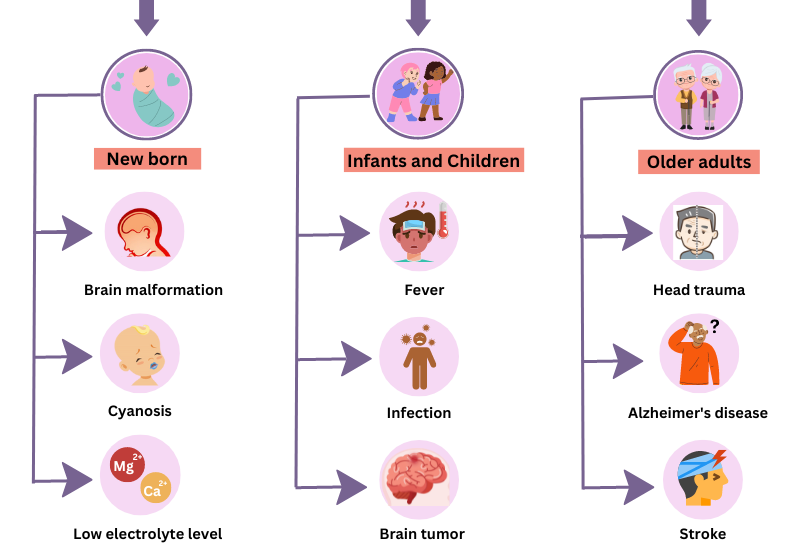10th Century B.C., The Oldest Record of Epilepsy
The "Sakikku," a medical document written in Babylonian cuneiform, has the earliest complete description of epilepsy.


International Epilepsy Day is a yearly event co-organized by the International Bureau for Epilepsy (IBE) and the International League Against Epilepsy (ILAE) to raise awareness about epilepsy and its impact on individuals, families, and communities worldwide. It falls on second Monday of February and for year 2023, the day will be celebrated on 13th February.
One of the oldest known medical diseases in the world, epilepsy has been documented from the dawn of written history. it was viewed as a spiritual issue back then. A person who underwent an exorcism while being possessed by a moon deity is mentioned in a prehistoric Mesopotamian manuscript from 2000 B.C. Seizures were ascribed to demonic possession by the ancient Babylonians. Epilepsy was seen by the ancient Greeks as a form of spiritual possession, but they also connected it to genius and heavenly interventions.
Epilepsy stigma is a historical issue as well. People in ancient Rome did not share plates or pots with those who had epilepsy whether they were eating or drinking. In several regions of Africa up until the second half of the 20th century, epilepsy was thought to be contagious and the result of possession, witchcraft, or poisoning.
Today, more than 120 nations throughout the world observe International Epilepsy Day.
Epilepsy is broadly classified into generalized and partial epilepsies.
 Generalised seizures-
Generalised seizures- 
Tonic spasm of all body muscles—clonic jerking followed by prolonged sleep and depression of all CNS functions.

Momentary loss of consciousness, patient apparently freezes and stares in one direction, no muscular component or little bilateral jerking.

Unconsciousness with relaxation of all muscles due to excessive inhibitory discharges. Patient may fall.
 Partial seizures-
Partial seizures- 

Convulsions are confined to a group of muscles or localized sensory disturbance without loss of consciousness.

Attacks of bizarre and confused behaviour and purposeless movements, emotional changes lasting 1–2 min, and impairment of consciousness.

The partial seizure occurs first and evolves into generalized tonic-clonic seizures with loss of consciousness.
